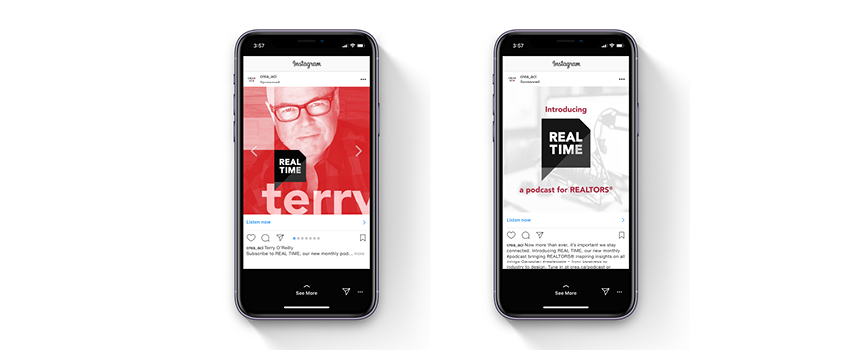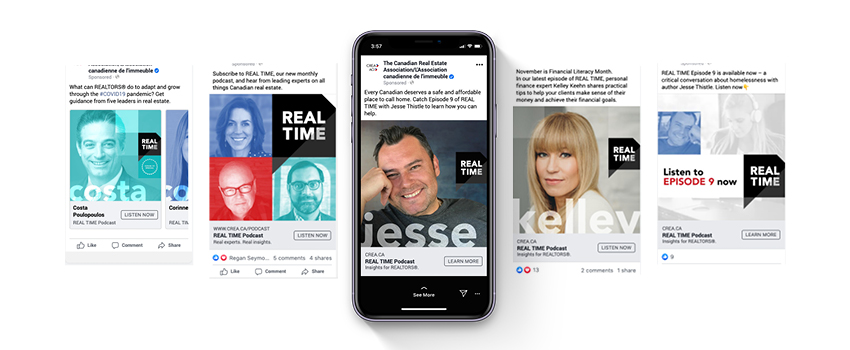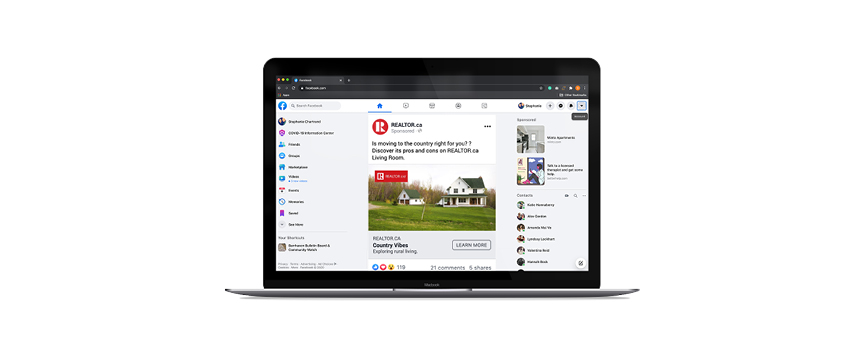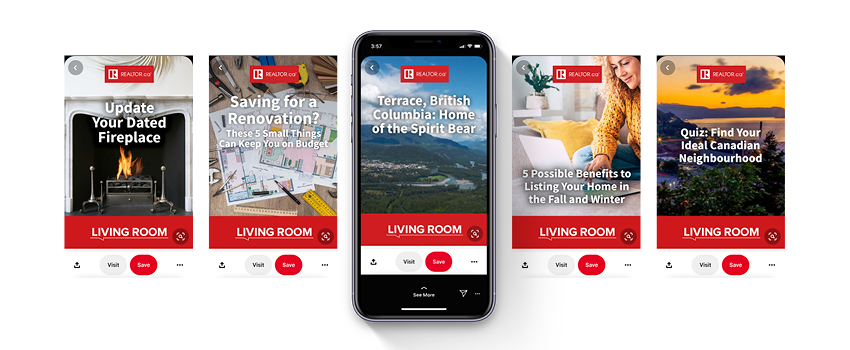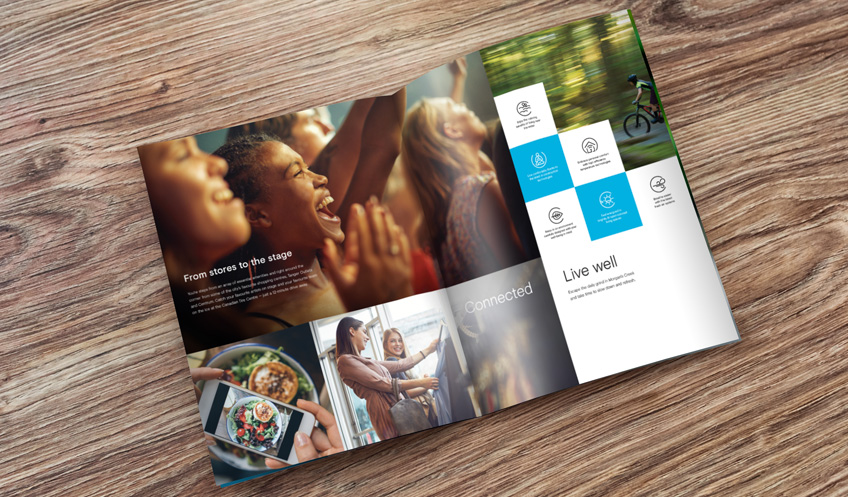Hitting a Creative Wall? Try Thinking Inside the Box.
“Think outside the box.”
We’ve all heard it. A mantra so married to the creative industry, so embedded in our lexicon, it’s as commonly uttered as “two rounds of revisions.”
But it’s not surprising.
Increasingly, these four words are a result of today’s marketplace. As consumers continue to be bombarded by brand interactions (it’s estimated we’re exposed to as many as 10,000 ads a day) brands have to work double time to compete for attention. The pressure’s on.
As a result, marketers and agency partners are challenging their creative teams, today more than ever, to produce work that stands out. To strike gold with blue-sky ideas. And while a strong creative team will never rest on its laurels, it’s important to step back and recognize a valuable truth—that some boxes exist for a reason. And we can use them to our advantage.
Six boxes. Eighty-nine per cent.
In 1999, a team of Israeli researchers from the Jerusalem School of Business Administration analyzed 200 award-winning and highly regarded ads. They found that 89 per cent fell within just six categories: pictorial analogy, extreme situation, consequence, competition, interactive experiment, and dimensional alteration.
More than 20 years later, these blueprints are still visible among much of today’s advertising. Consider this campaign from KFC that uses the brand’s chicken in lieu of fire—a pictorial analogy. Or Intel’s new counter to the old “Mac vs. PC” ads—classic competition.
In their accompanying paper, “The Fundamental Templates of Quality Ads,” researchers Goldenberg, Mazursky, and Solomon concluded that “creative ideation is a highly complex process, difficult to formalize and control.” Still, “even in a complex thinking context certain patterns of creativity may emerge.”
By observing the patterns laid before us—by stepping inside these boxes—we can explore routes of creative thinking that have been “proven to lead to productive ideas.” That’s not to say we should take the easy road, and let our creative muscles atrophy, but if a path exists, why go off-roading? Familiarity resonates. It’s just a matter of what we do with it.
Billions of stories. Seven boxes.
On the topic of resonance, perhaps nothing’s more powerful than a story.
Thanks to neural coupling, as SJ Murray notes in her 2014 TEDx talk in San Antonio, “the brain of a person listening to a story mirrors the brain of the person living the adventure for the first time.” Put simply, if you tell a captivating story, your audience can touch, taste, smell, and hear the experience. They can see themselves within it.
How does this apply to brands and boxes?
Brand storytelling is a convention so firmly rooted in the marketing wheelhouse that it’s no longer a buzzword but a best practice. And at the heart of every good story is a conflict and resolution—i.e., a customer challenge and solution.
Further to this, as literary theorist Christopher Booker argues in his book The Seven Basic Plots: Why We Tell Stories, nearly every story stems from one of seven archetypes: rags to riches, the quest, rebirth, overcoming the monster, comedy, tragedy, and voyage and return. These plot structures have influenced storytelling from Greek theatre to the modern paperback. And brand storytelling is no different.
We see the rags to riches trope all the time. A classic Cinderella story, brands use it to show the transformational nature of their products or services, how they help you reinvent yourself or become something better.
Overcoming the monster is also common—pitting audiences against an antagonist and demonstrating how a brand empowers them to triumph. Think of the villain here as a customer burden: a cyber threat, maybe, if you’re an enterprise security firm; or low self-esteem if you’re a fitness brand.
Again, these narrative throughlines are patterns we can follow to hook attention and hold it. To champion our audiences as heroes. And to craft brand stories more likely to stick because we’re compelled by similar frameworks.
Boxes or building blocks?
These are but a few examples of the many boxes we have at our disposal as creative thinkers. Others, though not as obviously, include creative briefs and deadlines. (Yep, constraints are good!) This isn’t to say we should limit our creative thinking—it’s important to encourage the free-flow of ideas—but channeling it can help, especially under pressure.
So, the next time you’re tasked with drumming up a great idea, wired on your fourth cup of coffee, trembling with creative paralysis, remember that what’s novel can still be familiar—even if it’s not obvious. The important thing is how you innovate. How you seek inspiration within these boxes then stack ‘em to build something new.
We can’t guarantee your work will go viral (is it ever that easy?), but chances are you’ll be proud of it. And your clients should be, too.




